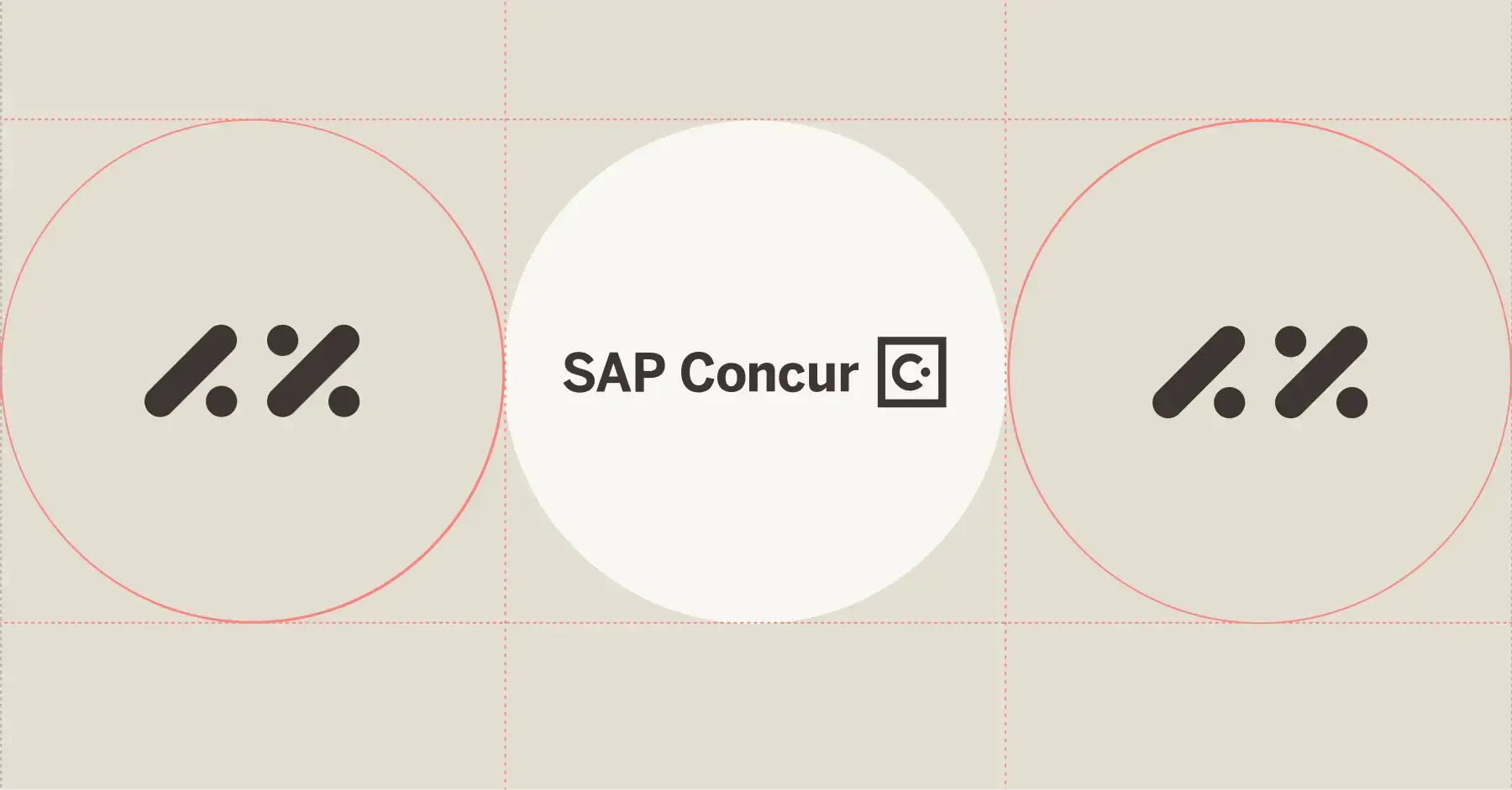Better together: AppZen Expense Audit and SAP Concur
SAP Concur is recognized as a leader in expense management for its innovative platform, powerful automation features, and seamless user experience. Operational efficiency is its primary aim. The system streamlines employees’ expense submissions,...
